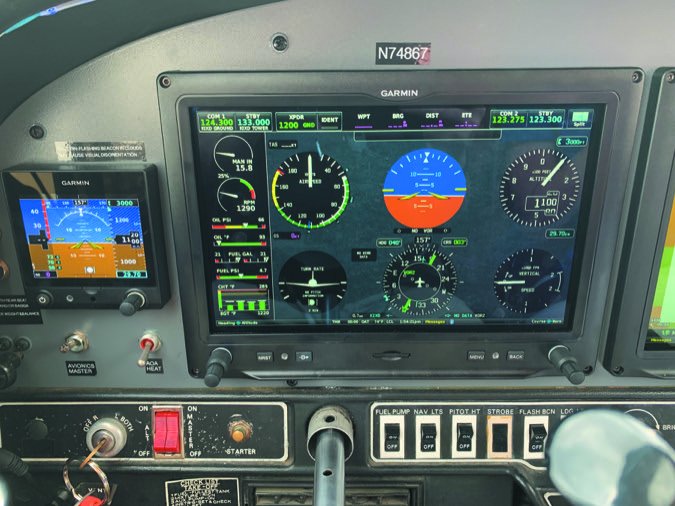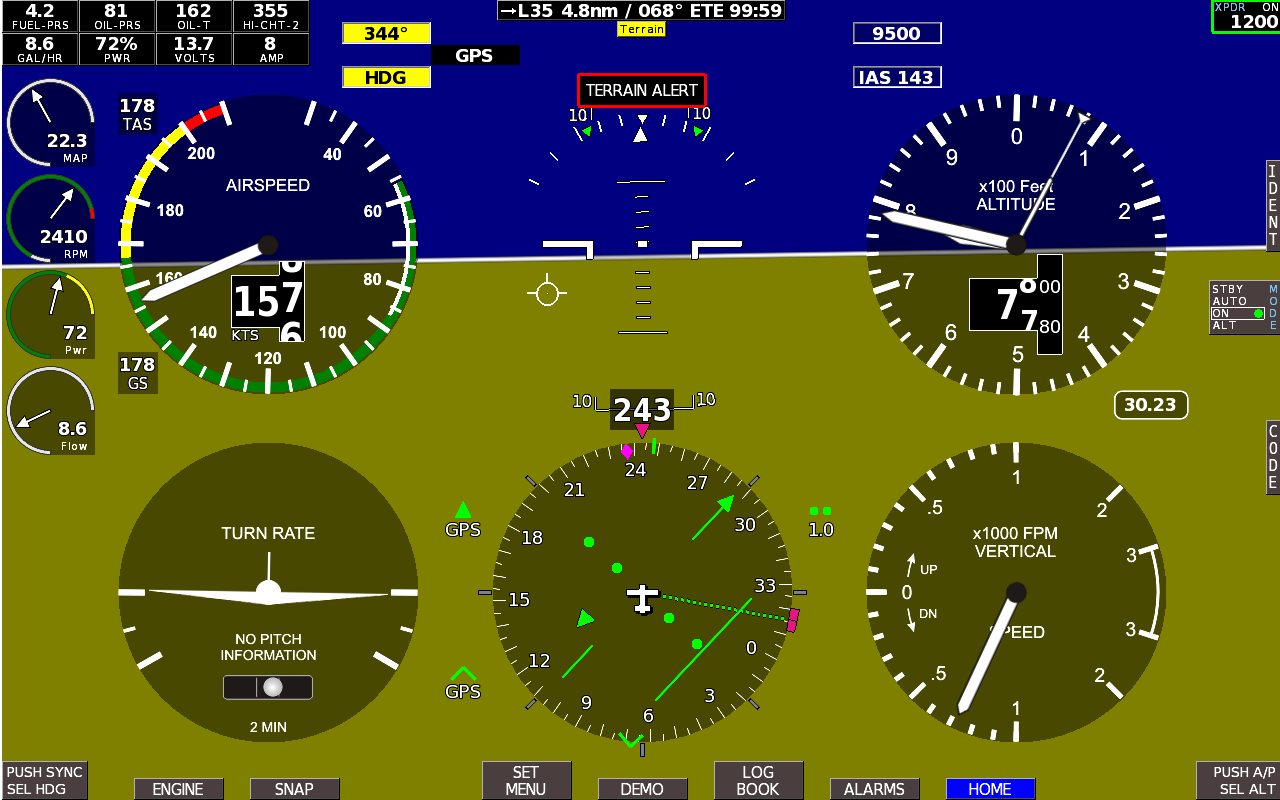guest user
Line Up and Wait
- Joined
- Dec 16, 2021
- Messages
- 969
- Display Name
Display name:
just passing through
So, I'm looking at all of the posts here and elsewhere about people moving away from steam and to glass cockpits. The reasons are obvious and I have no issues with that.
My musing has me wondering though, if like tailwheel endorsements, we will one day have to have a steam gauge endorsement to fly a non glass cockpit? If not from the FAA, maybe insurance will require you to have 25hrs in type before they'll insure you on a steam gauge aircraft?
Just an idle train of thought, but seems plausible.
Then those of us old, rugged pilots who flew before glass was even a realistic thing in GA, could really tell the new guys a story or two.
My musing has me wondering though, if like tailwheel endorsements, we will one day have to have a steam gauge endorsement to fly a non glass cockpit? If not from the FAA, maybe insurance will require you to have 25hrs in type before they'll insure you on a steam gauge aircraft?
Just an idle train of thought, but seems plausible.
Then those of us old, rugged pilots who flew before glass was even a realistic thing in GA, could really tell the new guys a story or two.



